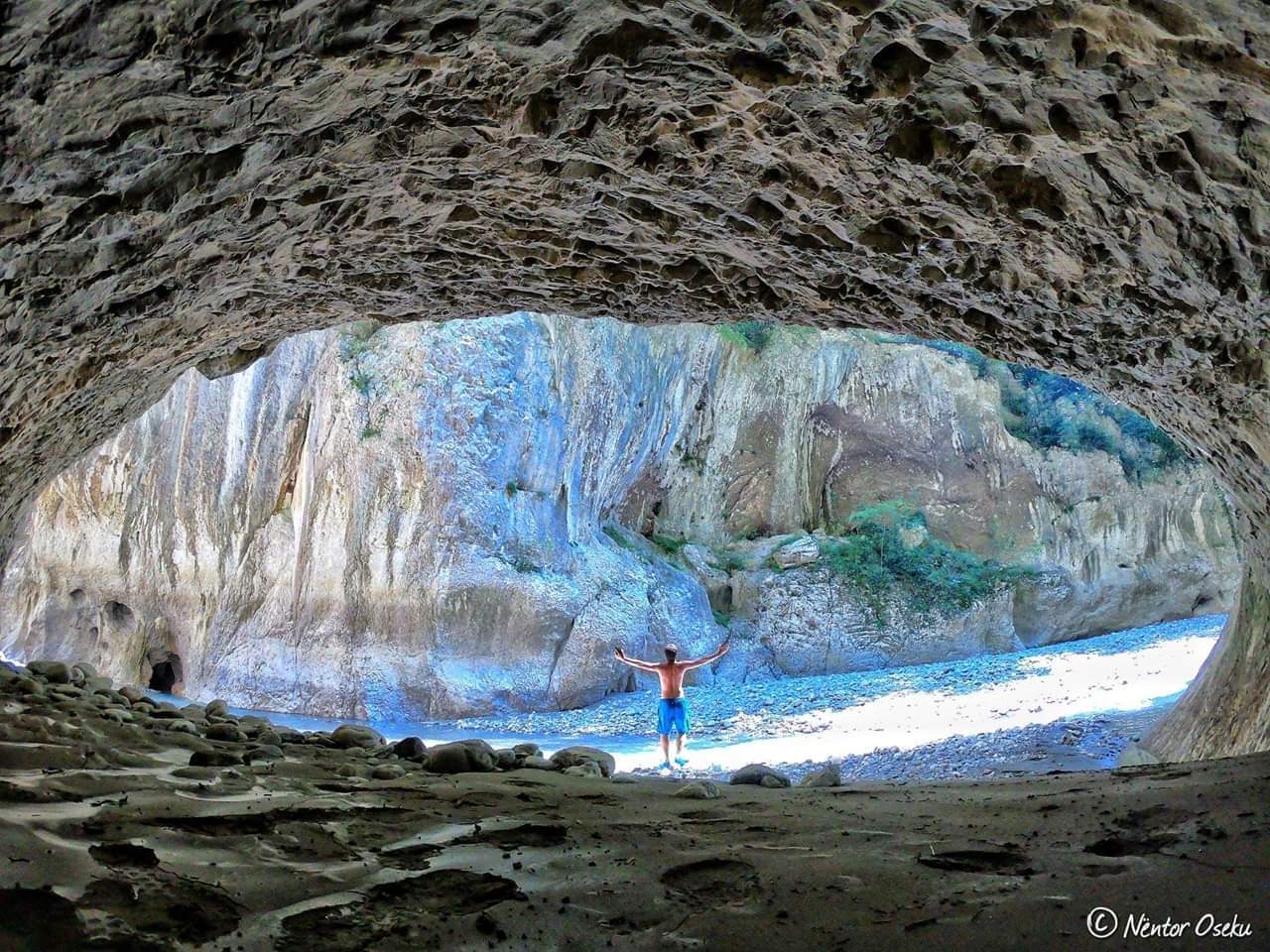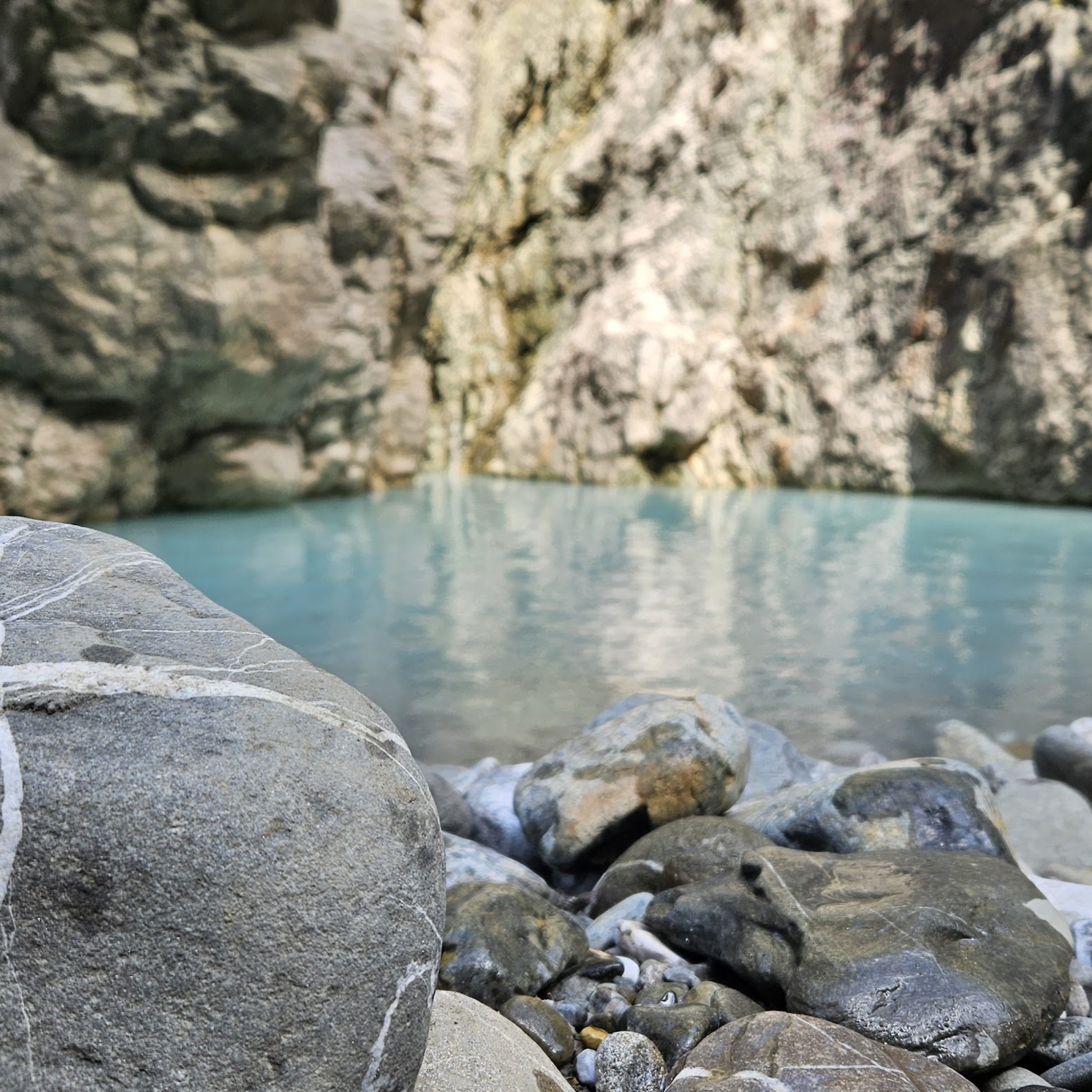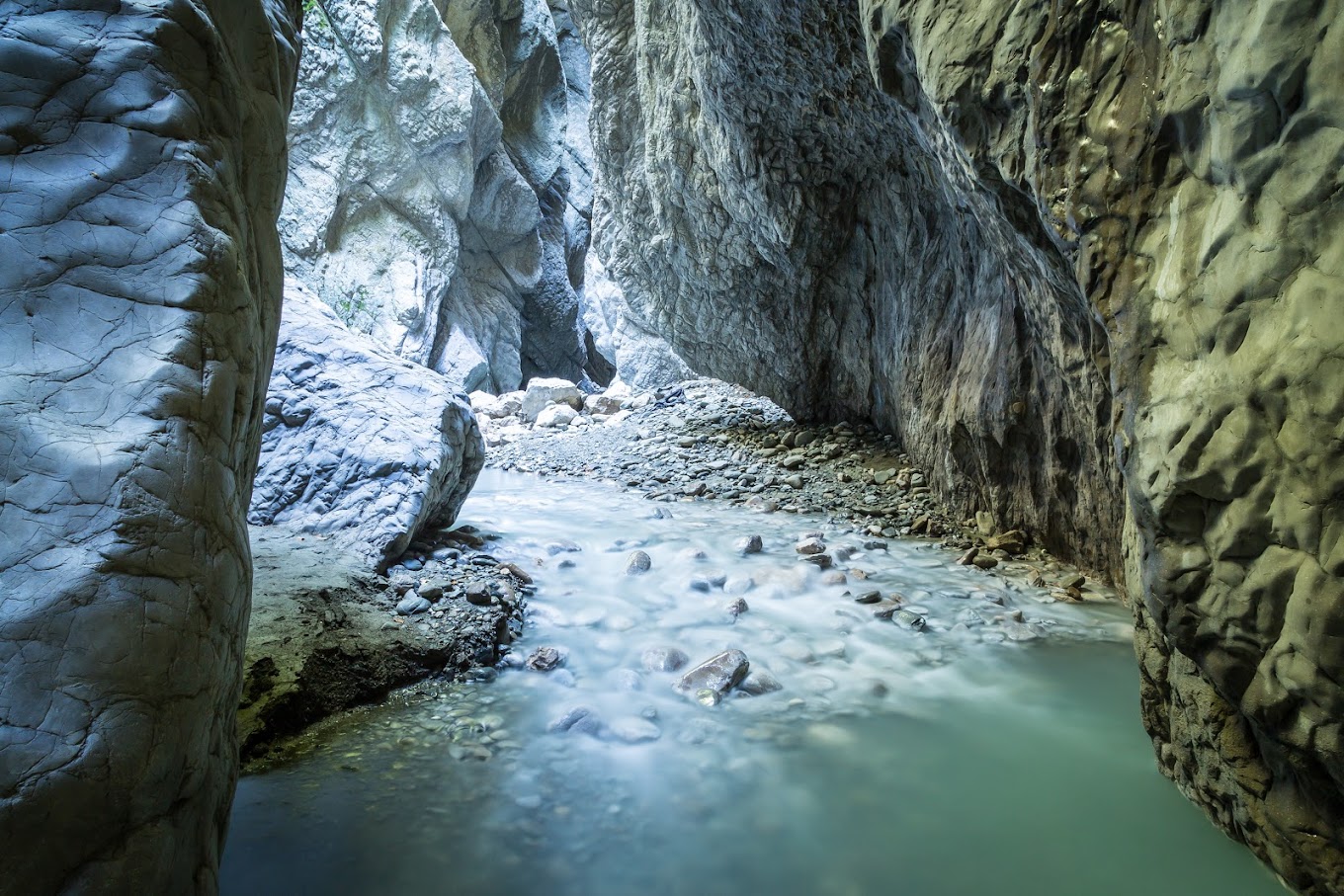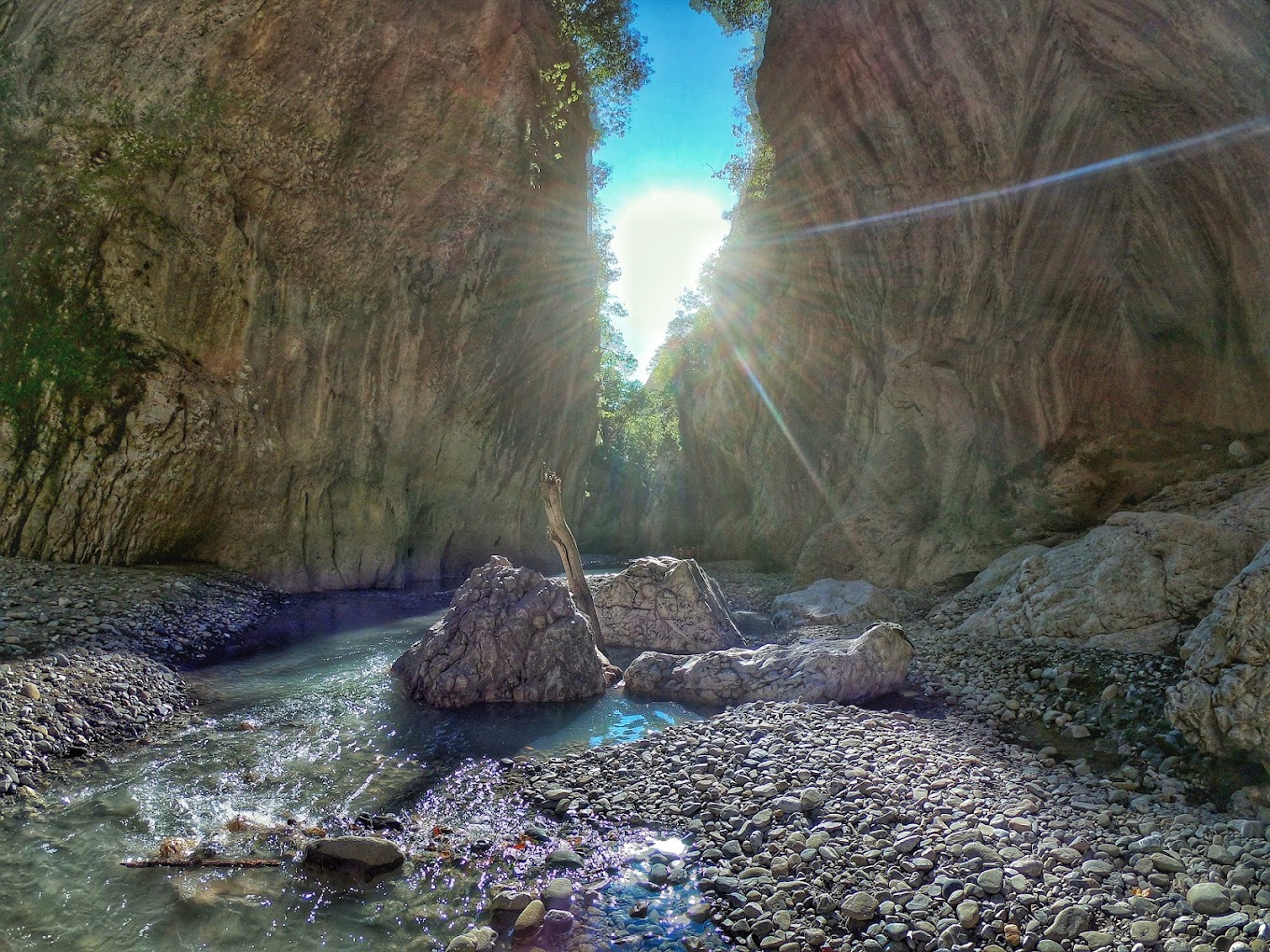Key Takeaways
- Holta Canyon is known as the Grand Canyon of Albania, carved by the Osumi River, showcasing dramatic cliffs and unique formations.
- Located in southern Albania near Berat, it’s a 26 km long limestone canyon with depths reaching 70-80 meters.
- The area boasts waterfalls, caves like the “Cathedral” and “Demon’s Window,” and diverse ecosystems supporting rich flora and fauna.
- Activities include hiking, river rafting, canyoning, and exploring natural caves, making it a haven for adventure seekers and nature lovers.
- Holta Canyon has cultural significance, associated with local myths and historical strategic importance.
Welcome to a journey through one of Albania’s most breathtaking natural wonders.
Holta Canyon, often called the
Grand Canyon of Albania, is a mesmerizing landscape carved by the mighty Osumi River. Its towering cliffs, caves, waterfalls, and lush ecosystems make it a must-see destination for travelers seeking adventure and tranquility alike. Whether you’re an adrenaline junkie or a nature enthusiast, Holta Canyon promises unforgettable memories.
Location and Geography: Where to Find Holta Canyon
Holta Canyon is nestled in the
Skrapar region of southern Albania, approximately 100 kilometers southeast of the vibrant capital, Tirana. It lies close to the historic town of
Berat, making it an easily accessible day-trip destination. The canyon stretches roughly 26 kilometers (16 miles) and plunges up to 70-80 meters in certain sections.
Constructed primarily of limestone, its features have been sculpted over millions of years through natural erosion—creating caves, overhangs, and mesmerizing rock patterns. The surrounding scenery is a picturesque combination of rugged mountains, verdant forests, and fertile farmland. The Osumi River, flowing serenely through the canyon, supports a vibrant ecosystem thriving in this Mediterranean climate, characterized by hot, dry summers and mild, rainy winters.
Natural Beauty and Attractions: Exploring Holta Canyon’s Wonders
The vistas from viewpoints along the canyon rim are simply breathtaking. Waterfalls cascade down the cliffs, creating natural symphonies that enthrall visitors. Within the canyon, adventure awaits in the form of caves like
“Cathedral” and
“Demon’s Window”. These natural formations are perfect for exploration, photography, and appreciating geology’s artistry.
The ecosystem teems with life—Mediterranean shrubs, ancient trees, and wildflowers paint the landscape. Birdwatchers and wildlife enthusiasts will be delighted by the diverse species—from colorful birds to reptiles and small mammals. The Osumi River offers excellent opportunities for river rafting, providing an exhilarating experience amidst stunning scenery.
Canyoning activities, involving rappelling, swimming, and climbing, are popular among thrill-seekers.
Historical and Cultural Significance: The Stories of Holta Canyon
Beyond its natural splendor, Holta Canyon holds deep cultural and historical importance. It has historically served as a strategic natural barrier and resource for local communities. During times of conflict, the canyon likely provided refuge and defense points, adding to its strategic value.
Local folklore is rich with myths and legends surrounding the canyon. Stories speak of mythical creatures and historic events that have left their mark within its rugged landscape. Although archaeological evidence is scarce within the canyon itself, the surrounding region is dotted with ancient settlements and sites, reflecting its longstanding significance.
Visiting Holta Canyon: Your Guide to Exploration
Planning your trip to Holta Canyon is straightforward with some practical tips. The best months are
April through June and
September to October, when weather conditions favor hiking and water activities. Summer can be very hot, and winter may bring rains that hinder access.
The canyon is accessible by car from Berat and nearby towns. A vehicle with good clearance is recommended due to rough and unpaved roads. In Berat, accommodation ranges from hotels to cozy guesthouses—perfect bases for your adventure. Smaller villages closer to the canyon also offer homestays for a more authentic experience.
Safety gear is essential—bring sturdy hiking shoes, appropriate clothing, and plenty of water. Check the weather forecast to avoid slippery trails. For rafting or canyoning, always book with reputable tour operators and follow safety instructions. Inform a friend or family member of your itinerary and estimated return time.
Conservation Efforts: Preserving Holta Canyon’s Beauty
Holta Canyon is protected by the Albanian government, acknowledging its ecological and geological value. Regulations are in place to limit excessive tourism and reduce environmental impact, ensuring the preservation of its natural beauty for future generations.
Various NGOs and local communities actively promote sustainable tourism through reforestation projects and pollution reduction initiatives. Visitors are encouraged to adopt eco-friendly practices—such as sticking to marked trails, avoiding litter, and supporting local conservation efforts.
Conclusion: The Allure of Holta Canyon
Holta Canyon, often called the Osumi Canyon, stands as an awe-inspiring symbol of Albania’s natural heritage. With its towering cliffs, enchanting caves, waterfalls, and diverse wildlife, it offers a captivating experience for every traveler. Its proximity to Berat makes it an accessible yet extraordinary destination to explore Albania’s rich landscape and history.
Whether hiking through scenic trails, rafting on rushing waters, or simply absorbing the panoramic views, Holta Canyon provides moments that linger in your memory. Remember to approach this pristine environment with respect, supporting conservation efforts and honoring its cultural significance. Your visit will not only satisfy your adventure spirit but also contribute to safeguarding this natural treasure.





